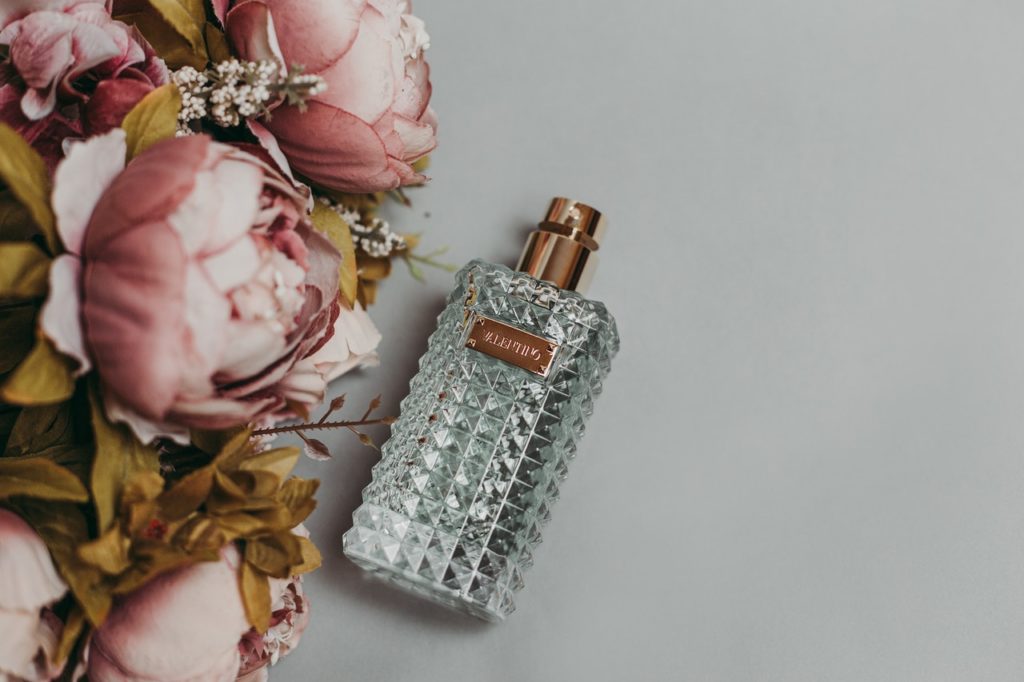Sam and Emily are two tourists visiting the Netherlands. Whenever Sam travels, she makes sure to buy a unique bag to remind her of the place. On her last day in Amsterdam, she buys a satin clutch she has found at P.C. Hooftstraat. It’s a new addition to her growing collection.
Emily avoids P.C. Hoofstraat and goes inside Kalverpassage instead. She browses the bag aisle, carefully caressing the displays and assessing how long each bag would last her. She picks a nylon shoulder bag with a lot of room.
Sam and Emily are two types of consumers. Their spending habits show that cost and worth are two different things. For Sam, a handbag could be worth $10,000. Emily would think otherwise.
Cost vs. Worth
People’s perception of worth is what keeps luxury brands alive. Surely, you don’t need to spend hundreds of thousands on a car, but if it’s Mercedes, the price tag is worth the prestige and history that come with it.
A product’s cost is the amount spent to create it, whereas its worth or value is the amount that the customer believes it could be exchanged for.
A car by Ferrari could be sold for up to $300,000, when it may only take the manufacturer $220,000 to make it. A German study found that each of Ferrari’s sports cars profits an average of $80,000, which could already get you another car from another brand. The Lexus LS, for example, is a new release in 2020, and it has a starting market average of $72,610.
The German study took it upon themselves to determine luxury brands’ production costs because brands are mostly silent about their exact numbers. The only things they share are the types of costs that shape production: fixed and variable costs.
Fixed costs cover expenses that remain constant over time. These include raw parts, facility rental, and supplier payments. Variable costs vary in proportion to the changes in the brand’s business landscape, such as labor and taxes. But value depreciates with the market’s stiff competition.
As the auto market becomes diluted with newer car models that are starting to look the same—in dull metallic gray—luxury enthusiasts are investing more in auto repair services to salvage old-fashioned models such as the 1964 Ferrari 250 LM, sold for $17.6 million at an auction in 2015.
Auctions bank on the concept of provenance, which is a factor that makes most brands luxurious.
Provenance: Showcasing a Brand’s History
You may have heard in an art history class about appreciating a painting’s selling value. Provenance is the history of ownership of a valued object. Technically, for collectors and appreciators, it is the chronology of ownership or location of a particular antique. For most authorities in the luxury trade, it can simply mean the history that a brand is built upon.
To be recognizable, a brand must come from a specific location, a point in history, or a notable person. A brand’s provenance identifies it from the crowd. When we think of Versace, we think of Italy and premium European textiles. Some may remember the horrible murder that took away the life of its 50-year-old Italian founder.
Non-collectors with money may not care about the craftsmanship that goes into a Louis Vuitton handbag. It’s enough to know that the main boutique is in Paris, which most style authorities consider as the fashion capital of the world. Along with history itself, a brand’s reputation among authorities contribute to its provenance.

Customization: Making Your Brand Flexible
Another factor that affects a brand’s worth is its regard for customization. Tailored products can make any business a lucrative endeavor. For example, lip labs are making a profit by focusing their expenses on raw materials and leaving creation and design to the customer.
You can buy lipstick for as low as $5 at a drug store. Designer brands can cost a bit more expensive at $20. But if you make your own lipstick from scratch at a local lip lab, it can cost you $50 apiece.
The high-end fashion of haute couture involves a lot of craftsmanship, with each dress using an exclusive design and custom-fitted to the patron’s liking. It can be time-consuming. Techniques may be primitive, valuing handmade over machine-sewn items. But the prices are sky-high.
In 1945, the Fédération Française de la Couture formalized the criteria for haute couture. To be considered couture and be authorized to use the term in ads, a brand must:
- Design made-to-order items, with one or more fittings;
- Have a workshop with at least 15 full-time employees;
- Have at least 20 technical staff; and
- Exhibit a collection of at least 50 original designs every fashion season.
Branding Your Brand as Luxury
Building a brand empire takes years of dedication. Using provenance and customization as basic ingredients, any brand can make its mark through passion and hard work.



